It’s a grey and brisk morning at Our Farm in Cartmel, Cumbria. It’s January, and the landscape appears sparse and dormant, but as Head Farmer John Rowlands guides me through the Simon Rogan farm project via video phone, an extraordinary tale of abundance unfolds before my eyes. What began as a modest venture has transformed into a sprawling operation featuring beds full of wet garlic and garlic chives, an impressive 40 by 40 metre fruit cage sheltering all kinds of currants, polytunnels housing a plethora of seedlings, and a dedicated composting area.
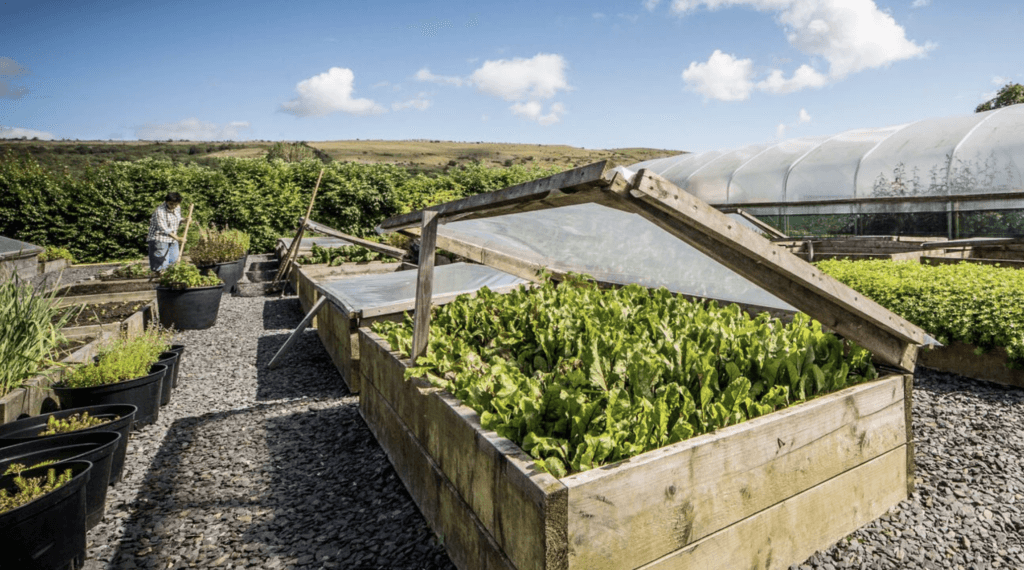
“The colours are amazing,” Rowlands says, as he walks through the polytunnel dedicated entirely to micro-vegetables, cresses, and leaves. He isn’t lying. Lime, jade, emerald and every shade of green imaginable, complemented by rich purples — aubergine, sangria, mulberry — and vibrant reds ranging from brick to scarlet, maroon to carmine. This chromatic diversity mirrors the vast agricultural tapestry cultivated at Our Farm, along with its relentless rhythm: four hundred pots planted weekly— two hundred on Tuesdays, two hundred on Thursdays. “It’s quite stunning in the summer,” Rowlands remarks, pointing to the empty expanse of mud concealing Chinese artichokes, alongside bare-branched elderflower trees.
When Rogan established the farm in 2011, regenerative farming was still on the fringes of mainstream agriculture. Whilst Raymond Blanc had his walled garden at Le Manoir, Hugh Fernley Whittingstall championed “grow your own” at River Cottage (perhaps influenced by Alice Waters’ pioneering farm-to-fork approach at Chez Panisse in California), few chefs were growing produce at scale according to such methods. Rogan’s vision was singular: “to grow the best quality produce he possibly could, better than anything else we were able to access in the north of England,” Rowlands explains, with the aim to achieve self-sufficiency in fruit, vegetables, and herbs for the restaurant group. All of the restaurant group’s menus are informed by what’s happening at Our Farm. It’s “at the core of everything we do,” says Rowlands.
Following Rogan, in 2012, Tommy Banks established his kitchen garden after winning a Michelin Star at The Black Swan. “The accolade encouraged me to create something that was very unique and representative of our location – the small village of Oldstead in North Yorkshire,” he explains. Beyond culinary achievements, Banks “wanted to put the area I’m from on the map,” he adds, and create “local jobs and industry in the area.”
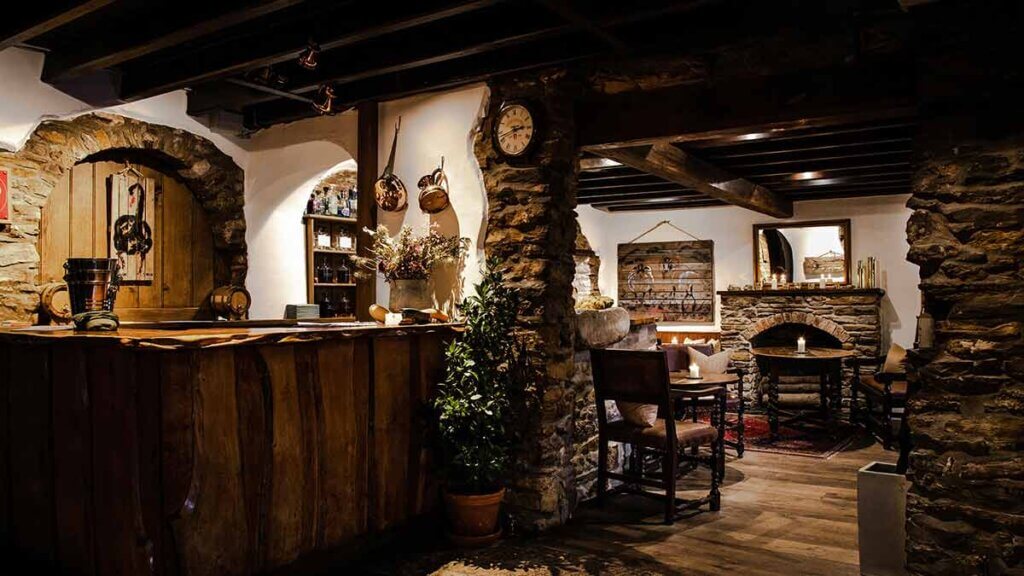
With the success of both restaurants, attention to sourcing and growing has deepened. “People also then became more conscious about sustainability in their day-to-day lives,” Rowlands explains, “and that included their choice of restaurant.” As a result, a regenerative approach “started to gain traction.” In the UK, the farm-to-table movement has been fundamentally shaped by regenerative, organic, and agro-ecological farming practices. These approaches have not only elevated the quality of ingredients available to restaurants but also responded to growing consumer demand for sustainability and transparency.
“Regenerative farming is all about soil health, and therefore creating more nutritious crops,” Rowlands explains, “It has literally played a part in raising the standard of the entire UK restaurant scene over the past 15 years.” For Banks, the regenerative approach has other implications too. “I firmly believe in the regenerative approach because the focus is on improving the environment holistically,” he says. “We should be talking about regenerative agriculture instead of sustainability,” he adds “as it’s a much higher standard.”
With recent developments, it’s clear that chefs are increasingly setting themselves such standards. In fact, there’s a new movement of chefs leaving London to set up farm-led restaurants in the West Country. Osip, Crocadon and Coombeshead at the forefront, and Fowlescombe Farm – who currently supply their restaurant Millbrook Inn, a thirty-minute drive away – opened a retreat on-site in May 2025.
Leading the revolution is Dan Cox, who worked with Simon Rogan earlier in his career and helped him set up Our Farm. In 2017, Cox took on his own 120-acre organic farm in Cornwall, cultivating the land and rearing heritage livestock breeds, whilst also building a restaurant on-site – Crocadon, which received a Michelin star and Michelin green star. “There’s little that comes close to what Dan has created down in Cornwall,” says Rowkands. “It’s incredibly inspiring and a huge operation.”
Merlin Labron-Johnson, Chef/Owner of Osip in Bruton, Somerset, is another chef emerging as a significant part of the movement, and like Crocadon, Osip received a Michelin star and Michelin green star this year. He is certainly “one of the major players in the farm-to-fork movement over the past decade and inspired a lot of young chefs,” says Rowlands. The restaurant, which first opened in 2019, was recently relaunched, with an even greater dedication to using produce grown on-site. The inspiration? “Many of my favourite restaurants across Europe that cultivate their own fruit and vegetables,” Labron-Johnson says. “And I was influenced by local horticultural legend Charles Dowding who makes it all look so easy!” He adds, “growing our own produce has defined the way we cook and I think that makes Osip unique.”
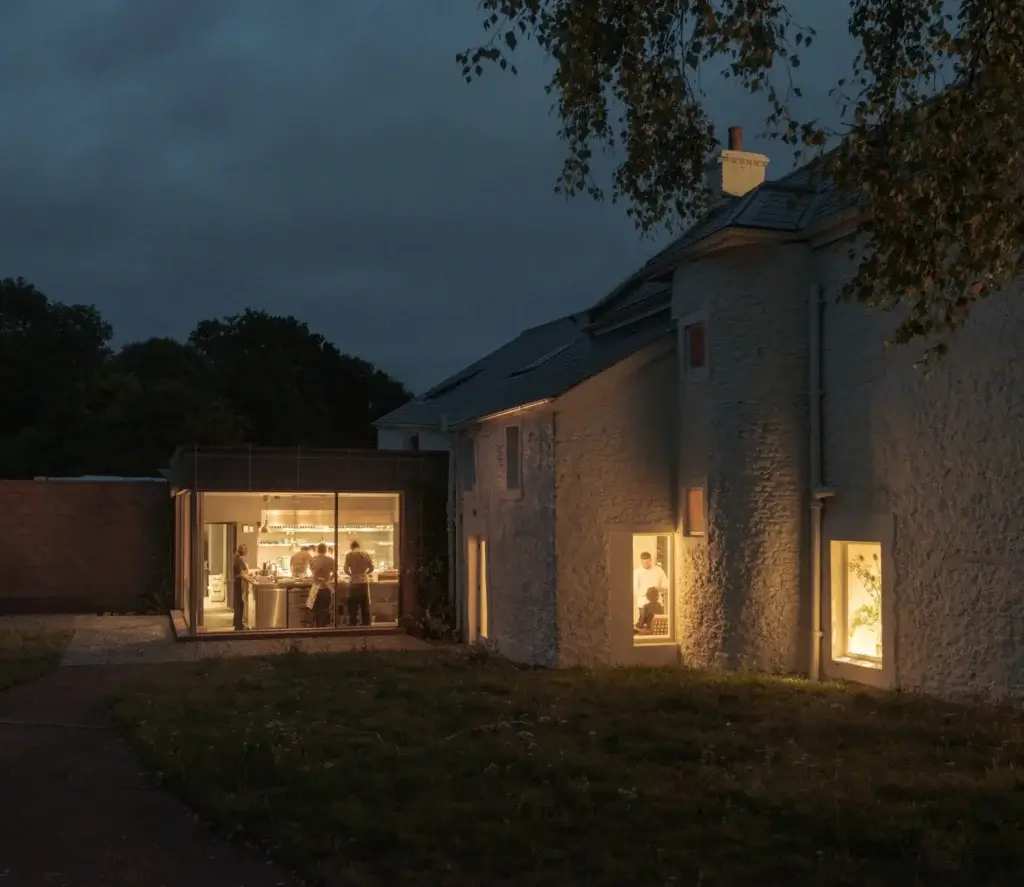
However, the need for restaurants to take this approach is rooted in a broader challenge. “It is also just about having access to better ingredients,” Labron-Johnson says, as “it is hard to find a consistent supply of good quality organic vegetables for a restaurant in the UK.” Whilst not every restaurant can grow their own produce on site, this sentiment has driven a new consciousness amongst restaurants. “I’ve noticed that stronger relationships have been forming between chef and growers over the past few years,” says Rowlands. “Some restaurants are exclusively choosing to be supplied by a single farm.” This has also led to increased consumer awareness about food sourcing and production. “The farm-to-fork movement has had a massive impact on food culture in Britain, not just in restaurants,” Banks remarks.
But beyond sourcing practices, how has the farm-to-fork ethos changed how we eat? “It really has transformed British cuisine on all levels,” says Banks.” As well as leading to the rise of organic and British food in high-end supermarkets, it extends to “hospitality, from a sandwich right through to a Michelin star experience – provenance has become incredibly important,” he suggests. Think chicken from Sutton Hoo, Middle White pork, and heritage tomatoes from the Isle of Wight. “People don’t just buy generic vegetables that have come from South America, they want to know how and where they’ve been produced,” he says, adding “it’s actually almost a badge of honour, and a branding asset, for a lot of businesses and chefs. This just shows just how important it is to the consumer.”
It’s clear that the farm-to-fork ethos has fundamentally transformed how we eat in the UK. For Labron-Johnson, the emphasis on responsible agriculture, local sourcing, and cooking with the seasons is so ubiquitous that it’s “become second nature for most cooks,” he says. This shift is not just a trend. As he puts it, “this has had a huge impact on our culinary identity. There is still a lot of work to be done, but we are definitely moving in the right direction.'”






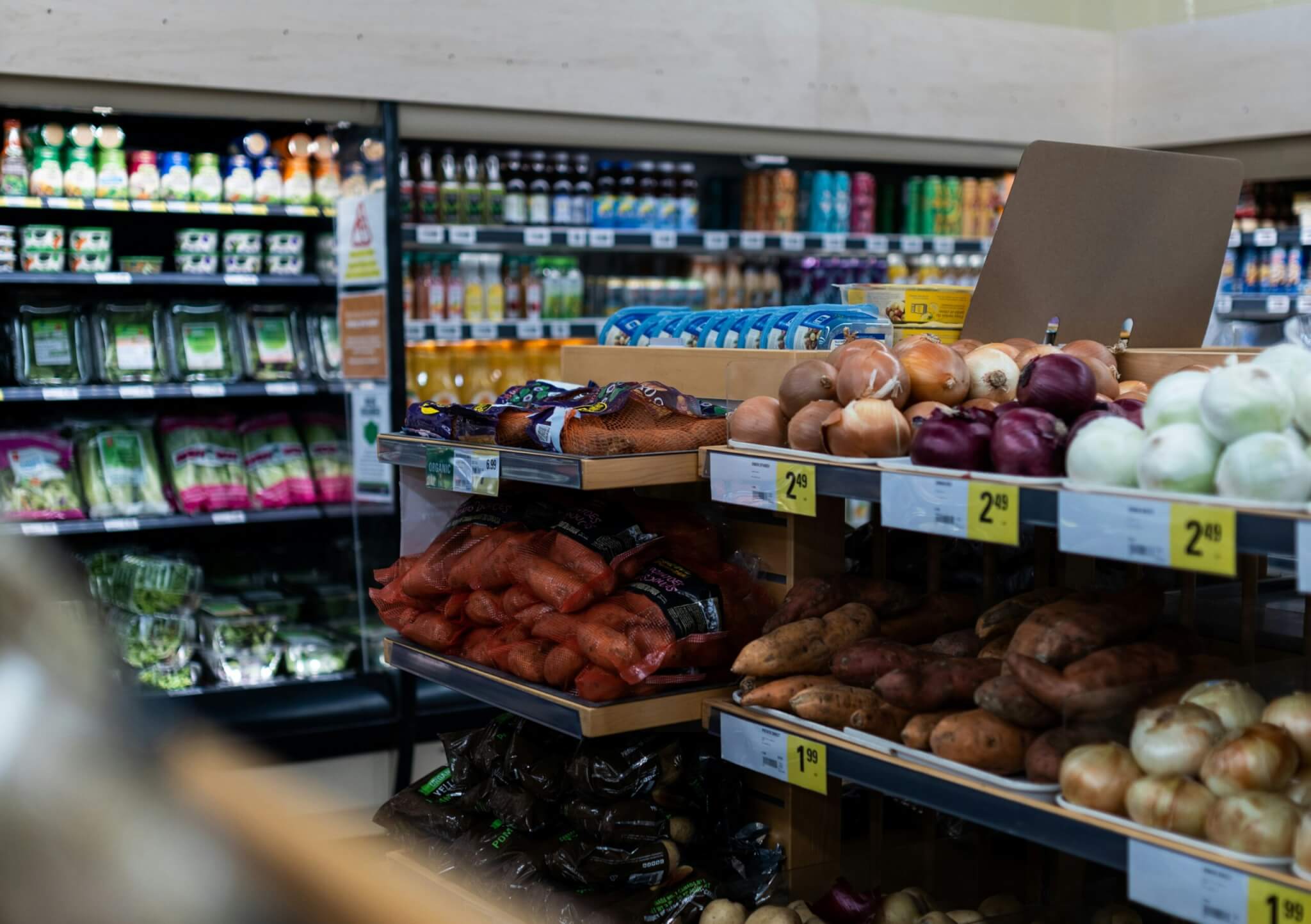

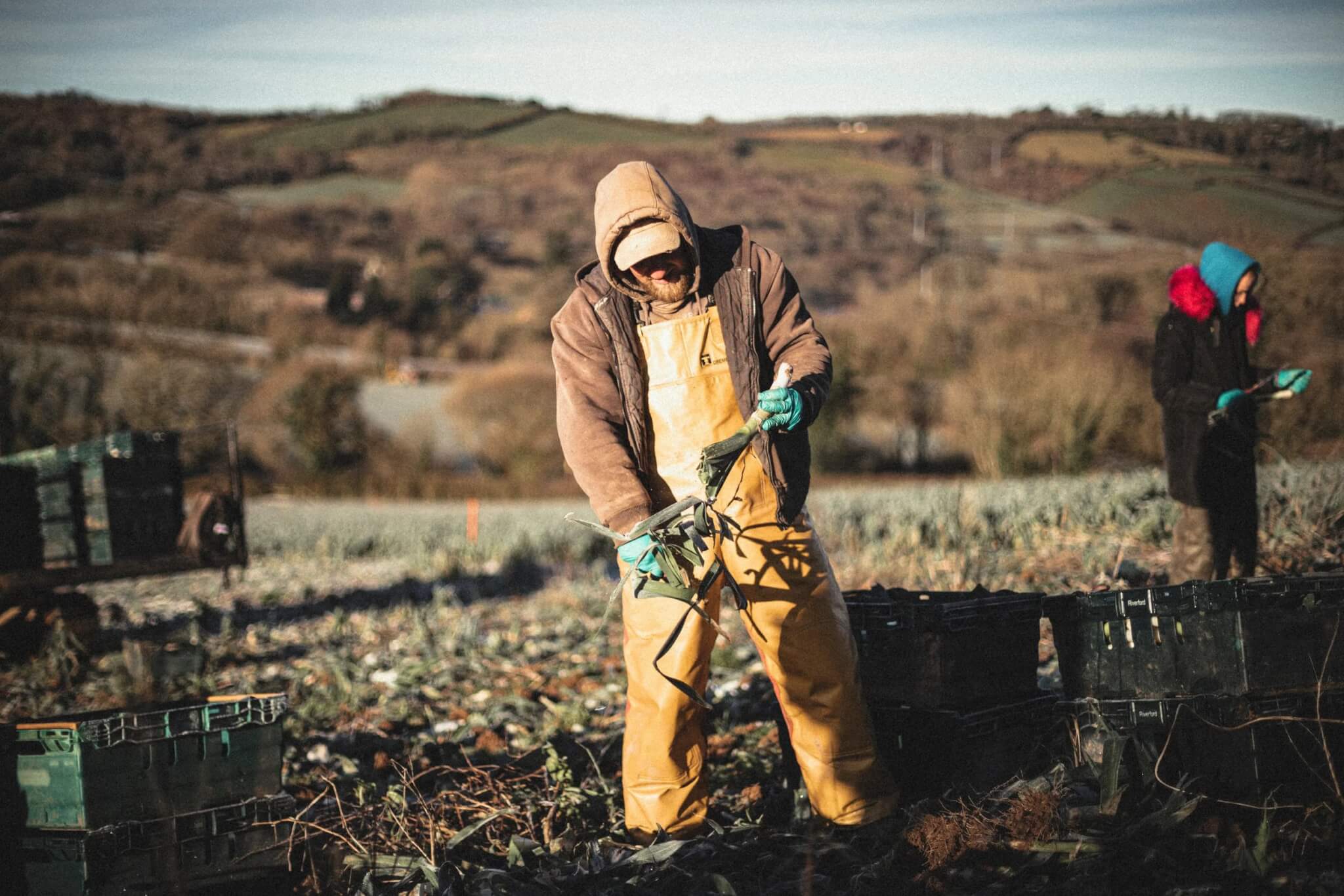
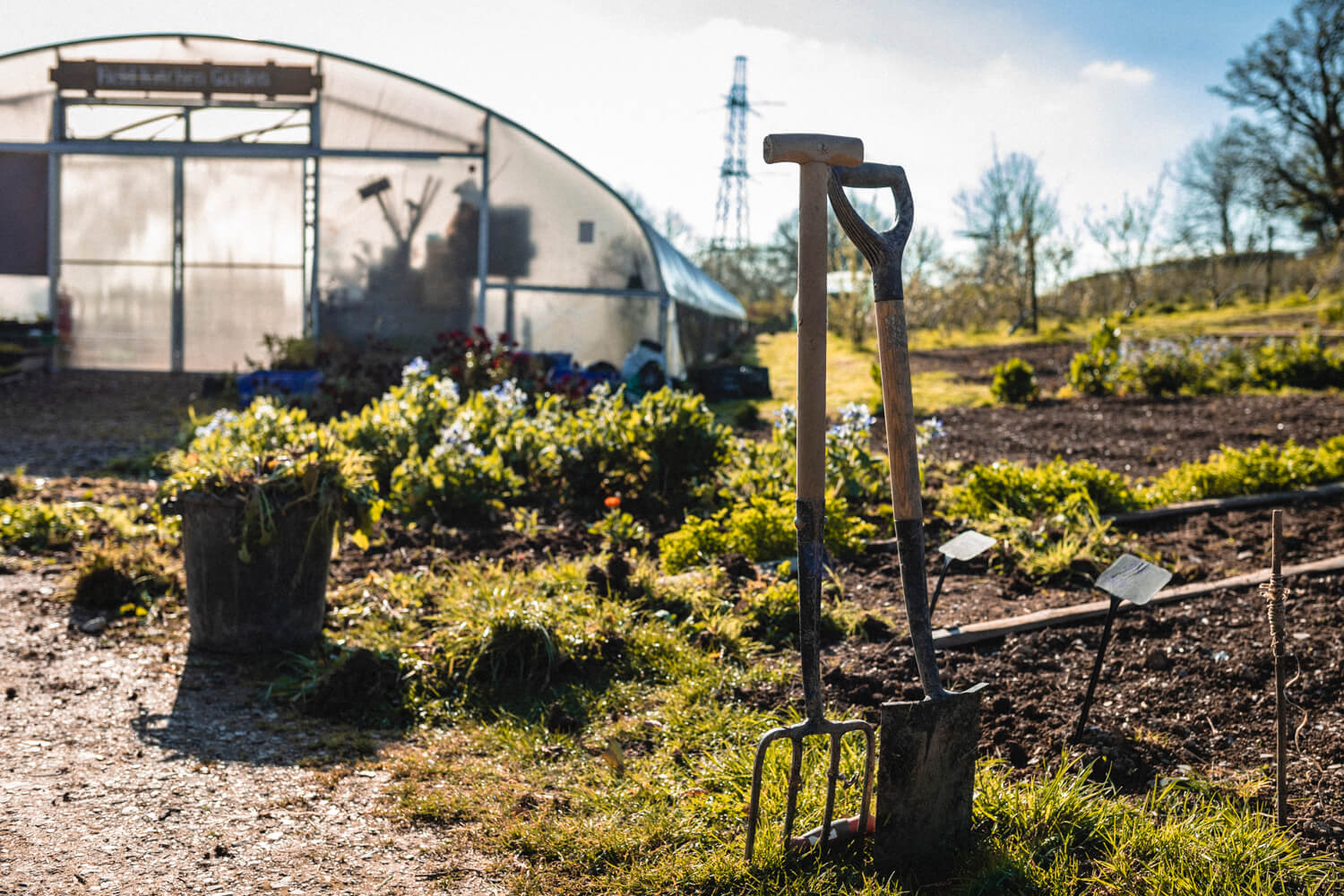
0 Comments